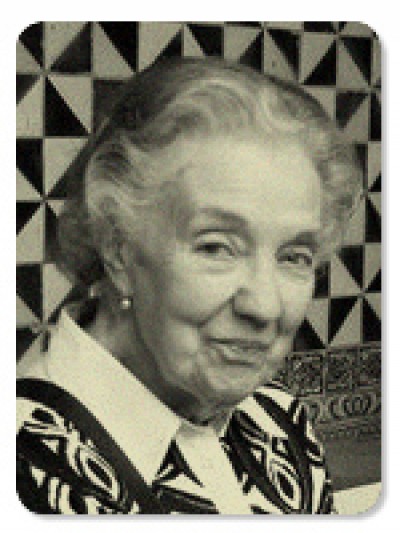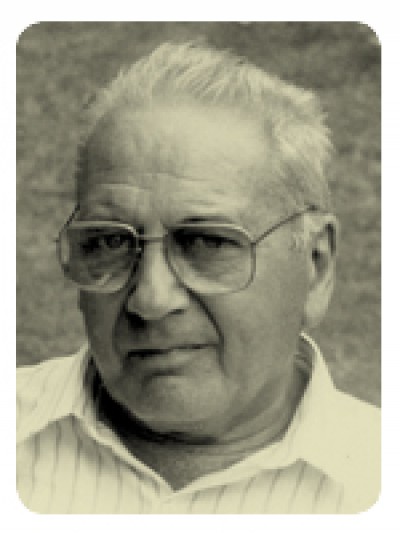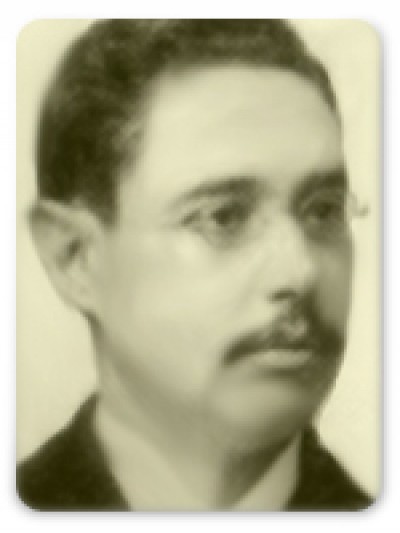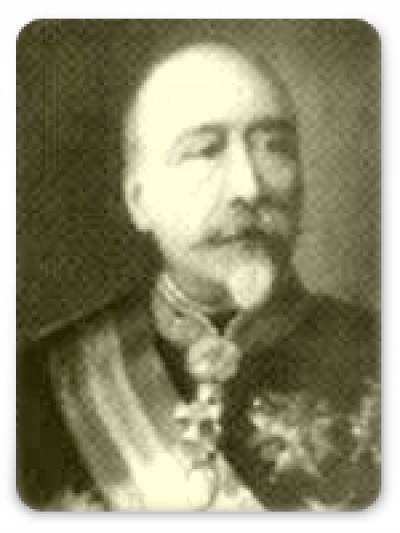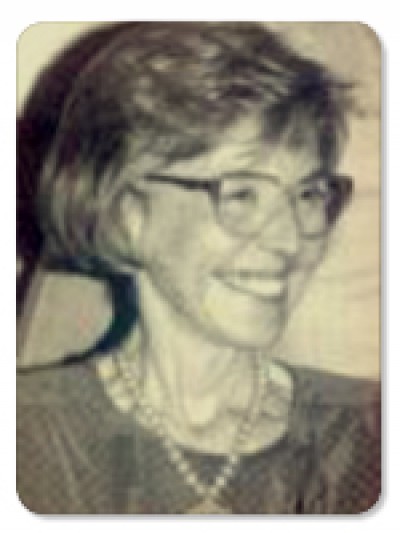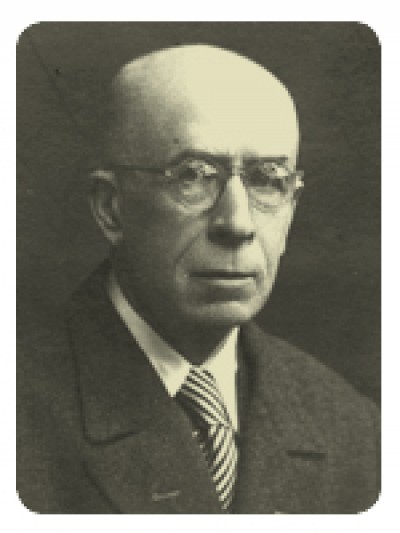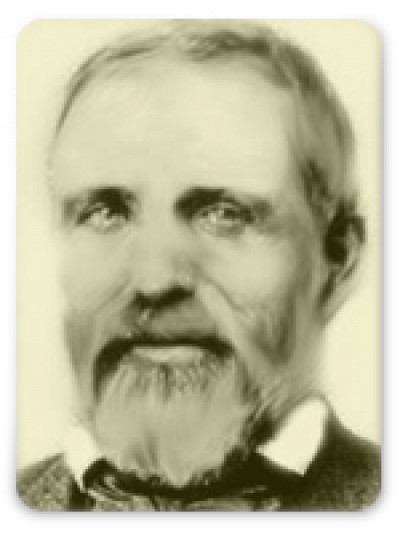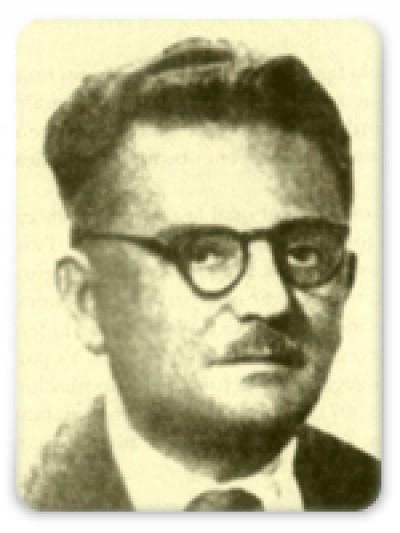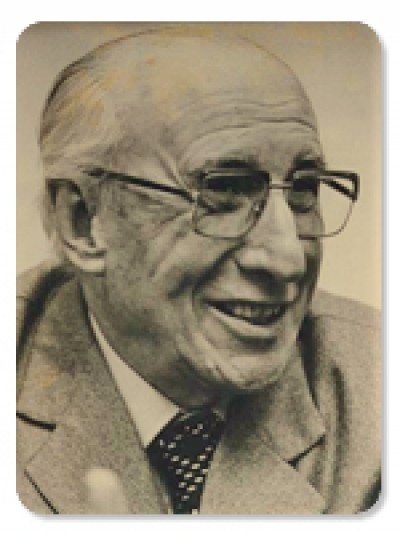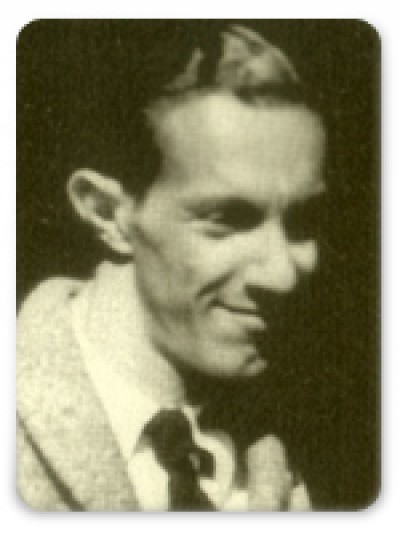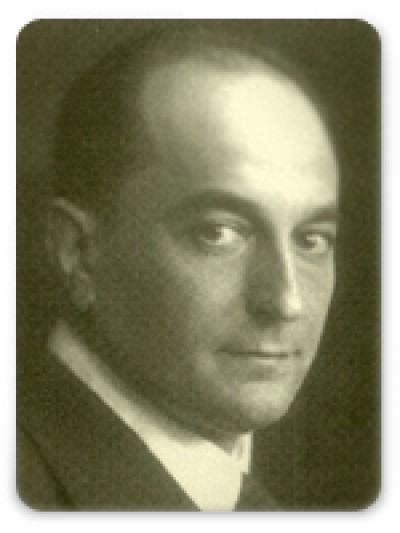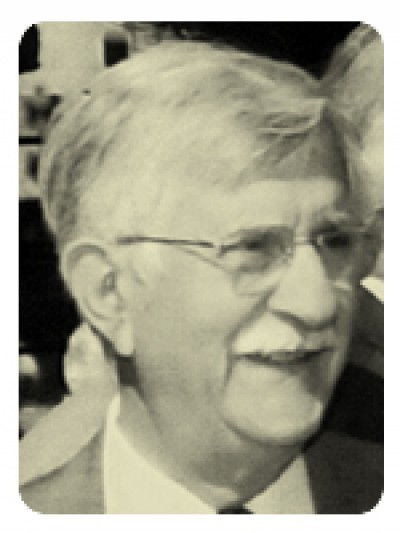Dr. Català started her astronomy work in 1952, a time of economic recession in Spain and also of the nearly complete absence of women in Spanish universities. In fact, she was the first woman to become an astronomer in the universities of Spain.
Albert Dou was a scientist who knew how to expand the horizons of Catalan mathematics through his research and work as a professor at the university. His career was full of achievements and positions of responsibility which he carried out mostly in Madrid, where he moved to at the age of sixteen to study at the School of Civil Engineering.
He finished his studies in physics-mathematics sciences in 1891 and he got his Ph.D. degree in 1894. He organized and directed during 67 years the Servicio Horario, which was the organisation that fixed the official time in Barcelona. At first, the official time was given by the stars position seen from the dome of the Acadèmia de Ciències.
In 1839 he began to study engineer in the army academy. In 1853, he published: Manual del pontonero and, in the same year, he became a member of the committee that had to made a map of Spain, this was how he began to be interested in geodesic science.
She spent her childhood in a stimulating intellectual environment. Her father, Julio Pascual, was a renowned painter, and two of her aunts were schoolteachers. Griselda Pascual studied at the private school, Women’s Cultural Institution (Institució Cultural Femenina), under the guidance of her aunts, one of whom was headmaster.
“He used to explain that as a kid, on the way back from Badalona to Alella at night, he had fallen in love with the firmament from contemplating the starry sky so much.” Joseph M. Casals’ words in memory of Isidre Pòlit exemplify a passion for astronomy that accompanied the career of this scientist from an early age.
He got his Ph.D. degree in science (1846) and pharmacy (1846). He was a teacher of mathematics in the University of Barcelona and in the Escuela Industrial.
He studied in Barcelona and he got his Ph.D. degree in exact sciences. In 1926 he won the professorship in mathematics of the Instituto de San Isidro, Madrid.
Lluís Santaló was born in Girona on 9 October 1911 in the bosom of a family of great pedagogic reputation. At 16 years old, he went to Madrid to study at the Faculty of Mathematics. He obtained his degree in 1934 and, with the help of professor Julio Rey Pastor, traveled to Hamburg to work with W. Blaschke in geometric probabilities, thus initiating himself in what would be known as Integral Geometry. He completed his dissertation in 1936.
Since his birth he was affected of paralysis, and he was a self-taught person in scientific matters. He started his scientific research with a sequence work that was published in “Comptes Rendus” of the Académie des Sciences of Paris.
Professor of analytical geometry and topology at the University of Barcelona, he also worked in Rome and Hamburg universities and in the polytechnic institute of Zurich.
He studied in Charlottenburg (Berlin), Barcelona and Madrid. He got his Ph.D. degree in physics and he was teacher at the universities of Zaragoza, Barcelona and Madrid. He specialised in physics-mathematics sciences and published several essays about these matters including “Emisión de radiaciones por cuerpos fijos o en movimiento”, read in the Acadèmia de Ciències i Arts de Barcelona in 1909. He published some works in “Revista de la Academia de Ciencias”, Madrid, and in the bulletin of Institut de Ciències de Barcelona.
He graduated in Mathematics in 1954, was a professor at the University of Barcelona since 1955, received his doctorate in 1960 and obtained the Chair of Metric Geometry and Differential Geometry at the same UB, where he was also dean.

